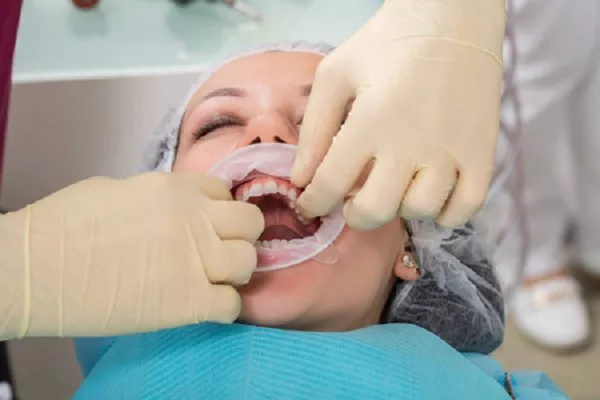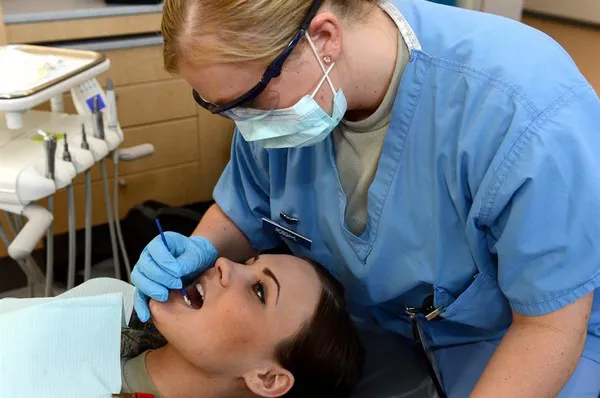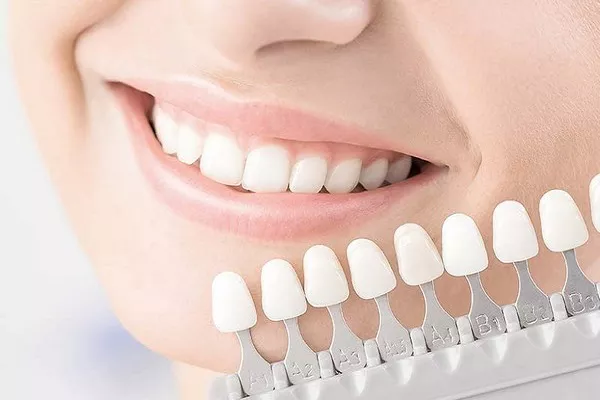The relief that comes with addressing a dental cavity through a filling can be substantial, but what happens when the pain persists or even intensifies two weeks after the procedure? This phenomenon can be perplexing and concerning for individuals who expected their dental discomfort to be alleviated by the filling. In this in-depth exploration, we will delve into the various reasons why teeth might hurt after a filling, the potential complications that can arise, and guidance on what individuals can do to address and prevent prolonged post-filling discomfort.
Understanding the Filling Process
Before delving into the potential reasons for post-filling pain, it’s essential to understand the basics of the filling process. Dental fillings are a common restorative procedure aimed at treating cavities and restoring the structural integrity of a tooth. The typical steps involved in a dental filling procedure are as follows:
Diagnosis:
The dentist identifies the presence of a cavity through a visual examination, X-rays, or other diagnostic tools.
Numbing the Area:
Before the filling procedure begins, the dentist administers local anesthesia to numb the tooth and surrounding tissues, ensuring the patient’s comfort during the treatment.
Removing Decay:
The dentist uses a drill or laser to remove the decayed portion of the tooth, creating a clean and prepared space for the filling material.
Filling Placement:
The selected filling material, such as amalgam, composite, ceramic, or gold, is placed in the prepared cavity. The material is shaped and polished to ensure a proper fit and bite.
Curing (if applicable):
For certain filling materials, such as composite resins, a curing light may be used to harden and set the material.
Bite Adjustment:
The dentist checks the patient’s bite to ensure that it is comfortable and makes any necessary adjustments to the filling.
The goal of the filling is to restore the tooth’s functionality and prevent further decay. However, despite the routine nature of the procedure, some individuals may experience discomfort or pain in the days and weeks following the filling.
Common Reasons for Post-Filling Pain
Normal Sensitivity:
It is not uncommon to experience some sensitivity after a dental filling. The tooth may be sensitive to hot or cold temperatures, air, or pressure. This sensitivity typically diminishes within a few days as the tooth adjusts to the new filling.
Pulpitis:
Pulpitis refers to inflammation of the pulp, the innermost part of the tooth containing nerves and blood vessels. The process of removing decay during a filling can sometimes irritate the pulp, leading to temporary inflammation and sensitivity. This inflammation is generally a normal part of the healing process.
Tooth Referred Pain:
Sometimes, the pain felt after a filling may not be directly related to the filled tooth. Nearby teeth or even other areas of the mouth can experience referred pain, making it challenging to pinpoint the source of discomfort.
High Filling:
If the filling is too high and interferes with the natural bite, it can create excessive pressure on the tooth, leading to pain and discomfort. The dentist can easily adjust the filling to alleviate this issue.
Cracked Tooth:
In some cases, the process of removing decay and placing a filling may cause a tooth to develop tiny cracks. These cracks can lead to pain, especially when chewing. A cracked tooth may require additional treatment, such as a crown, to address the issue.
Nerve Irritation:
The dental filling procedure can cause temporary irritation to the nerves in the tooth, leading to discomfort. As the tooth heals, this irritation typically subsides.
Deep Filling:
If the decay in the tooth was extensive, and the filling is deep, it can sometimes lead to increased sensitivity or pain. This is because the nerve of the tooth may react to the proximity of the filling. In such cases, the tooth may need time to adjust.
Infection:
While uncommon, post-filling pain can be a sign of infection. If bacteria find their way into the pulp or root canal system of the tooth during the filling procedure, it can lead to an infection. Infections may cause persistent or increasing pain and require prompt attention.
Addressing Post-Filling Pain
Monitor and Allow Time for Healing:
In many cases, post-filling pain is temporary and subsides on its own as the tooth heals. Patients are advised to monitor their symptoms and allow a reasonable amount of time for any initial sensitivity or discomfort to diminish.
Maintain Good Oral Hygiene:
Practicing good oral hygiene is crucial for the healing process. Gentle brushing and flossing help keep the treated area clean and reduce the risk of further irritation or infection.
Use Toothpaste for Sensitive Teeth:
Toothpaste formulated for sensitive teeth can help alleviate discomfort. These toothpaste varieties typically contain desensitizing agents that help block nerve signals.
Avoid Extreme Temperatures:
Individuals experiencing post-filling sensitivity should avoid consuming extremely hot or cold foods and beverages. Extreme temperatures can exacerbate sensitivity.
Over-the-Counter Pain Medications:
Over-the-counter pain medications, such as acetaminophen or ibuprofen, can help manage pain and inflammation. It’s important to follow the recommended dosage instructions and consult with a healthcare professional if needed.
Contact the Dentist:
If the pain persists, worsens, or is accompanied by other concerning symptoms, it is crucial to contact the dentist promptly. The dentist can evaluate the situation, identify the cause of the discomfort, and recommend appropriate measures.
Bite Adjustment:
If the pain is related to a high filling causing an improper bite, the dentist can make necessary adjustments to ensure a comfortable and balanced bite.
X-rays and Further Evaluation:
In cases where infection or other complications are suspected, the dentist may recommend X-rays and further evaluation to assess the tooth’s health and identify any underlying issues.
Preventing Post-Filling Complications
Choose an Experienced Dentist:
Selecting an experienced and skilled dentist is crucial for a successful filling procedure. A knowledgeable dentist minimizes the risk of complications and ensures that the filling is placed correctly.
Address Decay Promptly:
Early intervention for tooth decay helps prevent the progression of cavities, reducing the likelihood of extensive and deep fillings. Regular dental check-ups allow for the early detection and treatment of decay.
Communicate with the Dentist:
Open communication with the dentist is essential. Patients should communicate any concerns or unusual sensations experienced after a filling to ensure prompt evaluation and necessary adjustments.
Follow Aftercare Instructions:
Dentists provide specific aftercare instructions following a filling procedure. Following these instructions, including any restrictions on eating or activities, promotes proper healing.
Regular Dental Check-ups:
Regular dental check-ups allow the dentist to monitor the health of filled teeth and detect any potential issues early on. Routine examinations contribute to the long-term success of dental fillings.
Conclusion
In conclusion, experiencing pain two weeks after a dental filling can be attributed to various factors, ranging from normal post-procedural sensitivity to potential complications.































